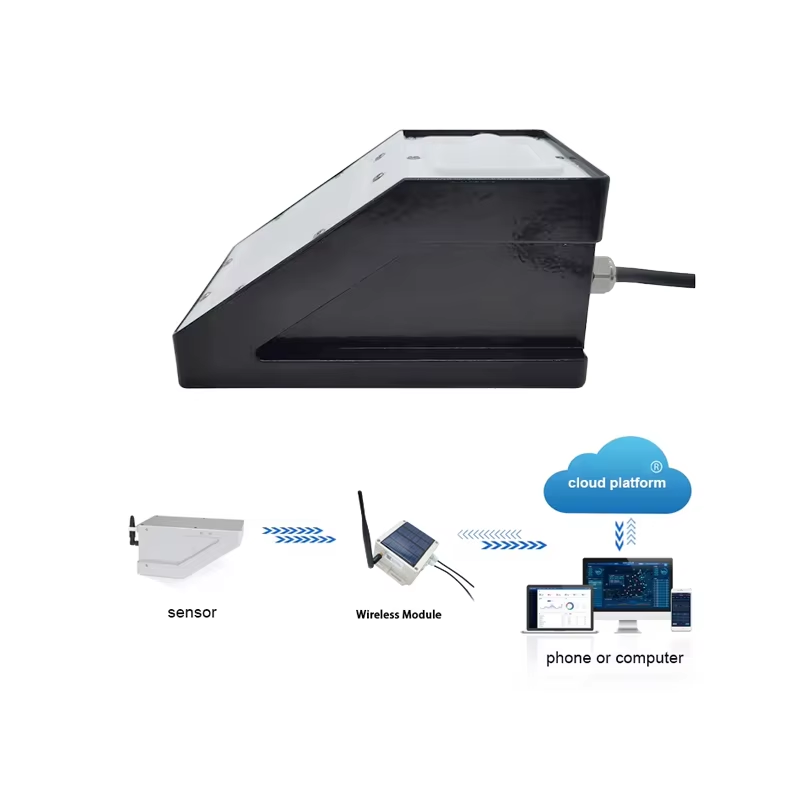In recent years, the integration of advanced technologies in hydrological monitoring has become paramount for the effective management of dams and water resources. One of the groundbreaking innovations in this field is the application of hydrological radar sensors. These sensors play a crucial role in enhancing the safety, efficiency, and sustainability of dam operations, especially in the context of increasingly erratic weather patterns and climate change.
What are Hydrological Radar Sensors?
Hydrological radar sensors are advanced devices that utilize radar technology to measure various hydrological parameters, such as precipitation rates, snowpack levels, and surface water flow. They operate by emitting radar waves and analyzing the reflected signals to gather data about water movement and distribution in real-time.
Applications in Dam Management
Real-Time Monitoring of Reservoir Levels
Hydrological radar sensors provide continuous data on water levels in reservoirs, enabling dam operators to monitor fluctuations in real-time. This capability is essential for managing water releases and ensuring spillway operations are timely and effective.
Flood Forecasting and Management
By accurately measuring rainfall and runoff in upstream areas, radar sensors can aid in predicting potential floods that may affect dam safety. Early warning systems based on this data allow for proactive measures to be taken, minimizing the risk of dam failure and downstream flooding.
Sediment Transport Monitoring
Radar sensors can also monitor sediment movement in rivers and reservoirs. Understanding sediment transport is crucial for maintaining dam integrity and optimizing water storage capacity. By tracking sedimentation patterns, dam operators can plan for sediment removal and maintenance activities.
Improved Hydrological Modeling
The data collected by hydrological radar sensors contributes to more accurate hydrological models. These models help engineers and water resource managers simulate various scenarios, enhancing decision-making processes regarding water management and infrastructure development.
Enhanced Ecological Monitoring
Dams significantly impact local ecosystems. Hydrological radar sensors can help monitor aquatic habitats and the overall health of ecosystems by providing data on water flow, temperature, and quality. This information is vital for assessing the ecological impact of dam operations and making informed management decisions.
Recent Developments and Case Studies
Several dam operators and government agencies worldwide are adopting hydrological radar sensors to bolster their monitoring capabilities. For instance:
In the United States, the Bureau of Reclamation has implemented radar-based systems in key dams to enhance flood forecasting and operational efficiency.
In India, the National Water Development Agency is utilizing hydrological radar sensors for real-time monitoring of water levels in major dams, significantly improving response times during the monsoon season.
Industry Innovations: Honde Technology Co., Ltd.
One notable player in the development of advanced hydrological radar sensor technology is Honde Technology Co., Ltd. The company specializes in manufacturing cutting-edge radar systems specifically designed for hydrological applications. Their innovative solutions are being deployed in various dam projects, offering enhanced accuracy and reliability in water monitoring. By leveraging Honde’s technology, dam operators can improve operational safety and efficiency, thereby addressing the growing challenges posed by climate change and fluctuating water levels.
Post time: Oct-29-2024


